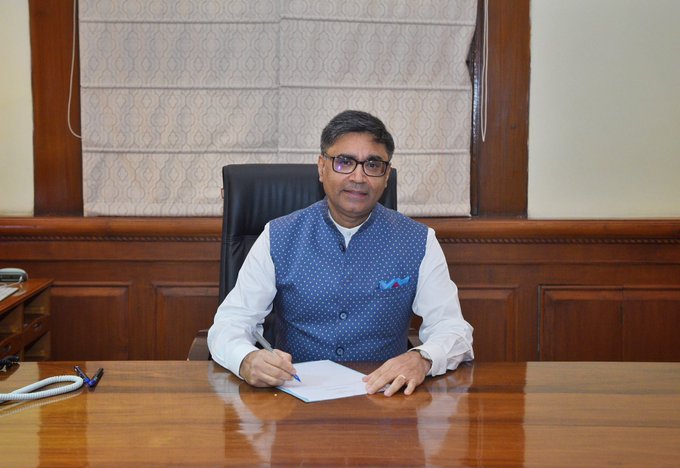NASA names Aadya Karthik as “Power to Explore” finalist
NASA’s challenge was dedicated to K-12 students in the US
 Aadya Karthik was among the top nine of the finalists for NASA’s RPS challenge / X - @K12FutureE
Aadya Karthik was among the top nine of the finalists for NASA’s RPS challenge / X - @K12FutureE
The National Aeronautics and Space Administration (NASA) selected nine students including Indian-origin student Aadya Karthik as the finalists of the ‘Power to Explore’ student challenge.
The challenge invites schoolchildren to write essays focused on radioisotope power systems (RPS), a type of nuclear battery that powers many of NASA’s far-reaching space missions in the absence of sunlight. The essay should describe a new powered mission for the agency using RPS
Karthik, who hails from Redmond, was chosen out of the 45 semi finalists of the national competition and was recognized under the ‘Grade 5-8’ category.
In an essay titled ‘Destiny: A Journey of Resilience’, Karthik explored the legacy left behind by Cassini, a spacecraft that focused on exploring Saturn’s moons. After aiding discoveries for almost two decades, NASA discarded the spacecraft in 2017, due to potential contamination to Saturn’s moons.
In the essay, Karthik talked about the red arcs observed on Saturn’s fifth largest moon, Tethys, during a Cassini flyby in 2015 and drew parallels to similar features discovered on Jupiter’s moon Europa. “Cassini’s legacy lives on, as its discoveries are still studied by the scientific community, particularly the research it conducted on Saturn’s many moons,” the essay read.
Karthik proposed a mission, named Destiny, to investigate the origin and composition of the red arcs, aiming to uncover potential connections between the two moons. The essay also detailed the Destiny spacecraft’s design, which included a spectrometer and camera system to collect data.
“Like RPS (Radioisotope Power Systems), I strive to be resilient, regardless of what challenges come my way. For any space mission, resilience is key, as challenges are bound to arise. My perseverance will help me devise creative solutions to these obstacles, leading Destiny through a successful mission. After all, resilience evokes the power to explore,” Karthik who aspires to be a astrophysicist wrote.
Announcing the finalists on the occasion of the total solar eclipse, NASA astronaut and former mariner Stephen Bowen, congratulated them for their innovative ideas and explained how a Solar Eclipse limited explorations due to power outage.
Commenting on the challenge in a video, he said, “It was an opportunity for students to share missions they believed could be enhanced or made possible by radioisotope power systems. Congratulations to all our finalists in the Power to Explore contest. Remember, with radioisotope power systems, “No sun, no problem. We can go anywhere.”
There were about 1787 submissions, among which the nine finalists would receive a NASA Radioisotope Power Systems (RPS) prize package and an exclusive session with a RPS expert. The finalists will be announced on Apr. 17 and will be awarded a visit NASA’s Glenn Research Centre in Cleveland, Ohio.




.jpg)

.jpeg)










Comments
Start the conversation
Become a member of New India Abroad to start commenting.
Sign Up Now
Already have an account? Login